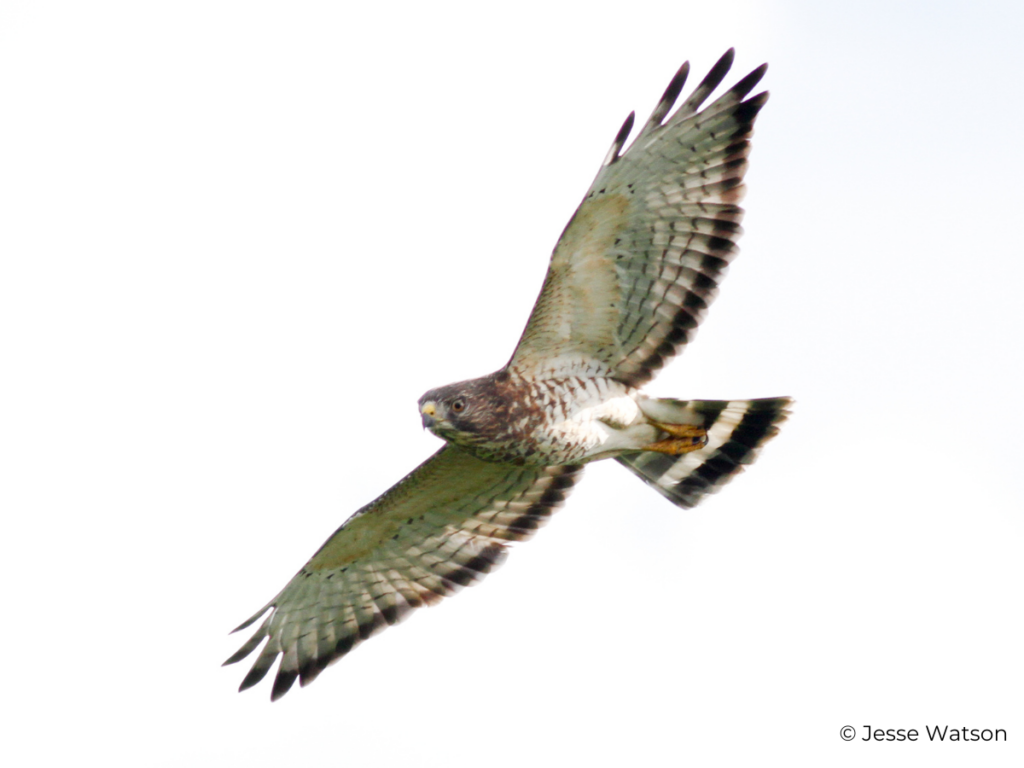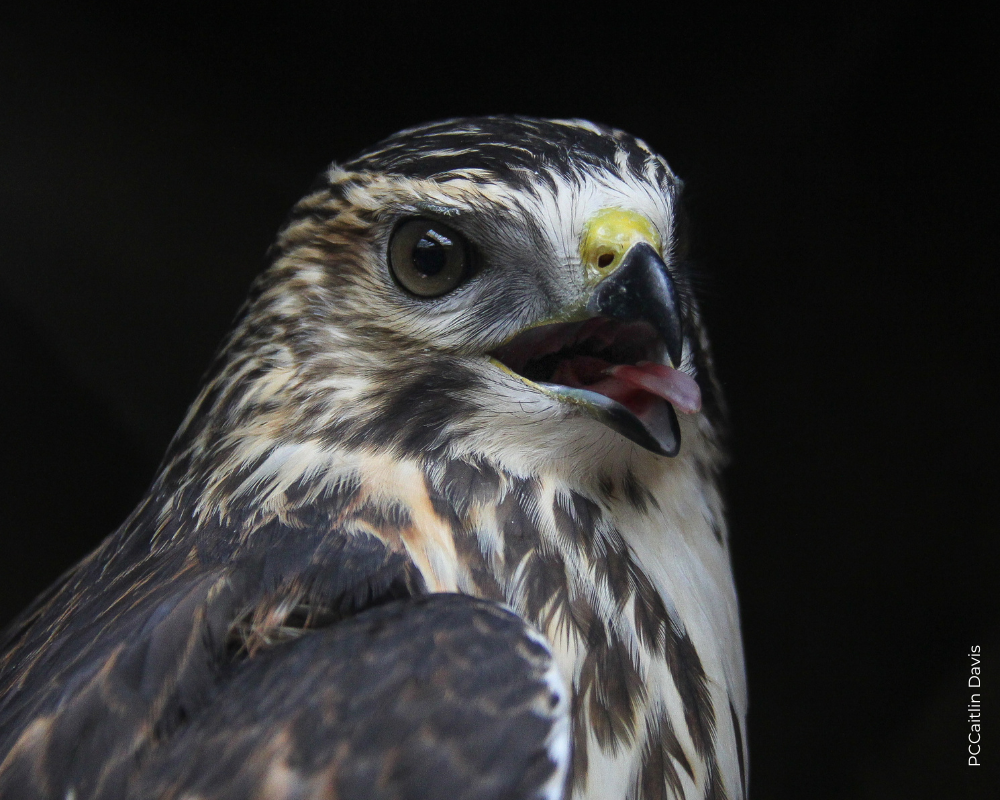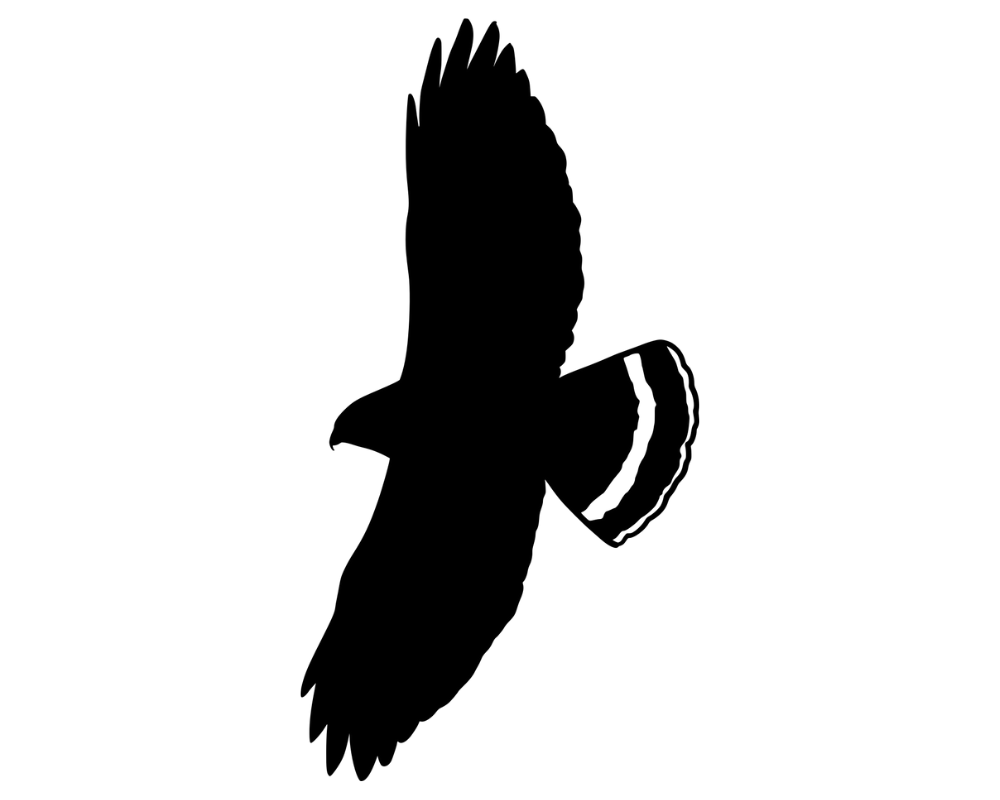Overview
Broad-winged Hawks are small buteos that breed in deciduous woodlands throughout North America but are generally secretive. They are uncommon west of Minnesota and nearly absent throughout the Great Plains. Dark-morph birds are only known to breed in western North America and are presumed rare. Broad-winged Hawks hunt mainly reptiles and amphibians from a low perch below the forest canopy. They also eat mice, other small mammals, birds, and insects when available.
During migration, Broad-winged Hawks group together by the thousands, forming a tornado-like vortex known to hawk watchers as a ‘kettle’ or ‘boil’. Sometimes there are so many in one group it’s impossible to count, and estimating is the only option! Witnessing this phenomenon is one of the most thrilling events in hawk watching. Even experienced hawk watchers wonder how some Broad-winged Hawks don’t run into each other as they tightly circle together by the thousands. Broad-winged Hawks are vocal mainly on the breeding grounds; their call is a high, thin, drawn-out two-part whistled “ps-eeeeee.” Male and female Broad-winged Hawks are essentially equal in size.




